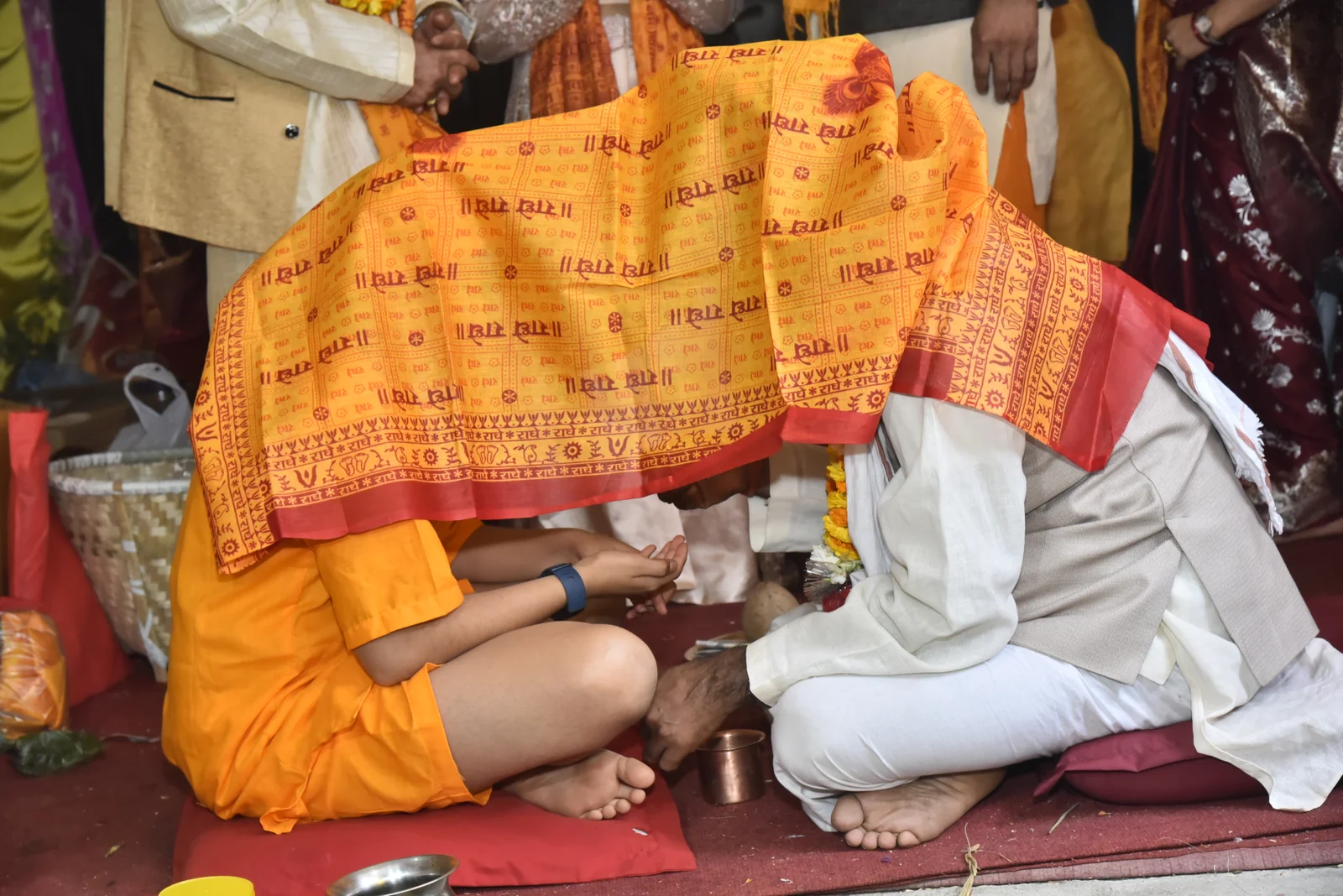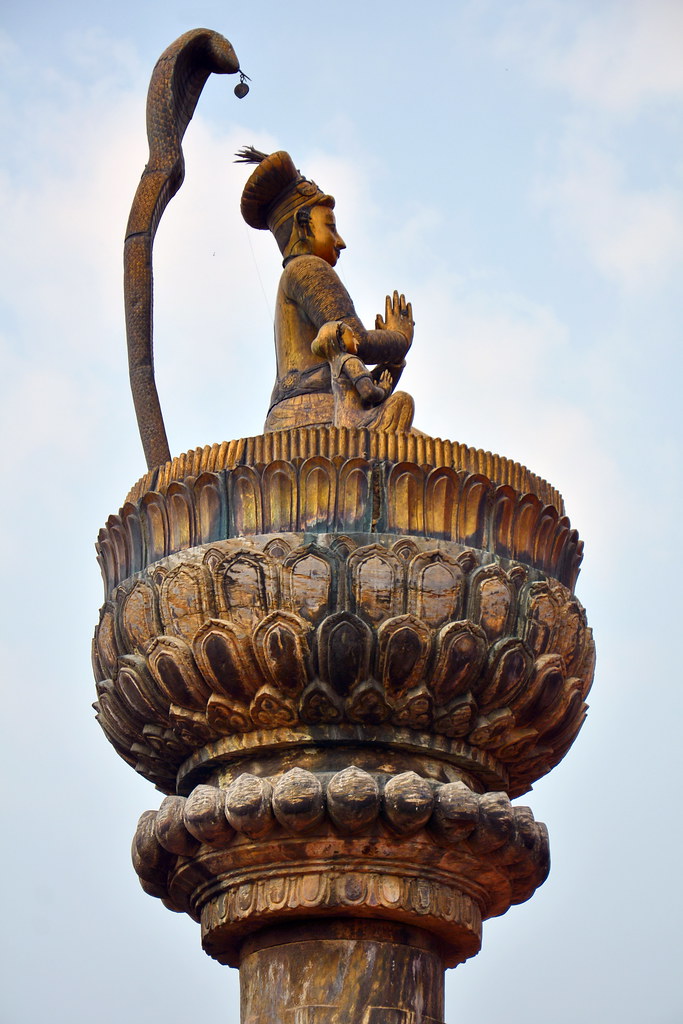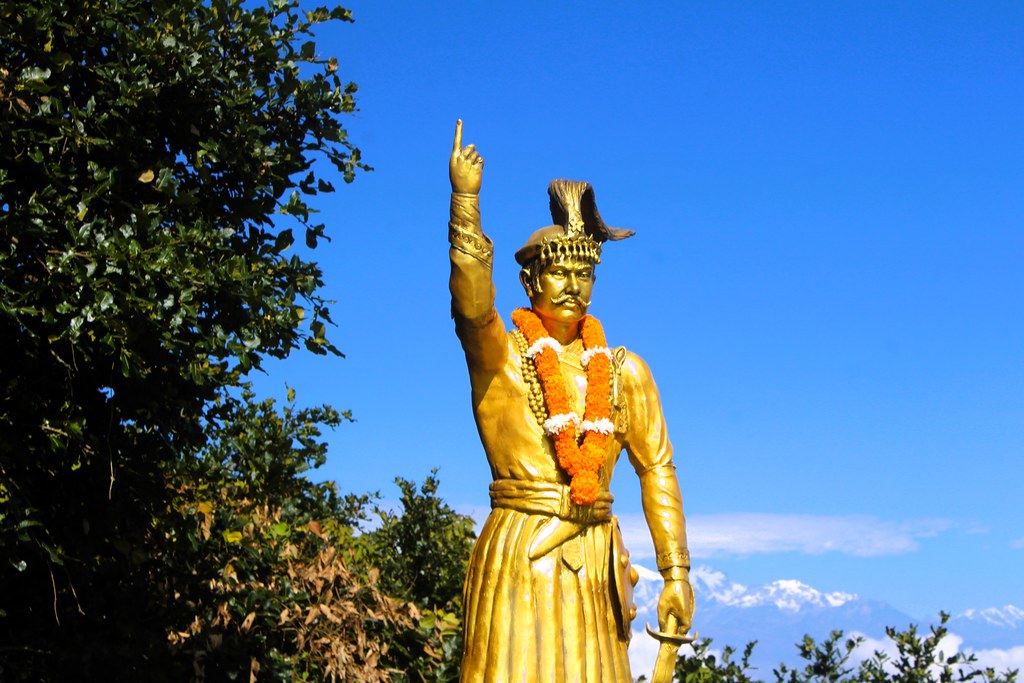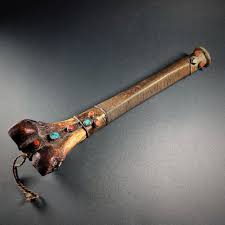Share this Article
Nepali stone sculptures represent a rich and diverse tradition of craftsmanship that has flourished for centuries. Rooted deeply in the religious, cultural, and artistic heritage of Nepal, stone carving has long been a significant form of artistic expression, particularly in the Kathmandu Valley, home to a wealth of temples, stupas, and monasteries. These sculptures, crafted with remarkable skill and devotion, not only serve as aesthetic pieces but also carry deep symbolic meaning, reflecting the intricate relationship between art, religion, and culture in Nepal.
1. Historical Context of Nepali Stone Sculptures
Nepal’s stone sculpting tradition can be traced back to the Licchavi period (4th to 9th centuries AD) when the early sculptors of the Kathmandu Valley began producing some of the most significant and enduring works in Nepali art. The artistry continued to flourish through the Malla period (12th to 18th centuries), with highly detailed depictions of Hindu and Buddhist deities, as well as intricate carvings on temples, statues, and monuments.
The art of stone sculpture in Nepal was heavily influenced by religious needs. With Hinduism and Buddhism being the two dominant religions, the motifs and themes found in Nepali stone sculptures predominantly revolve around gods, goddesses, saints, and spiritual symbols. The traditions of stone carving are closely linked to rituals, ceremonies, and devotional practices, with many sculptures being placed in sacred spaces like temples, courtyards, stupas, and shrines.
2. Materials Used in Nepali Stone Sculptures
Nepali stone sculptures are primarily made from a variety of local stones, each with unique properties suited to the craft. Some of the most commonly used stones include:
2.1 Soapstone
Soapstone, also known as steatite, is one of the most popular materials used for Nepali sculptures due to its soft texture, which allows for fine details to be carved easily. It has a smooth feel and is often used for smaller statues or decorative carvings, including Hindu and Buddhist deities. Soapstone's fine grain also gives sculptures a distinct look when polished.
2.2 Marble
Marble is another significant stone used in Nepali stone sculptures. Known for its durability and aesthetic beauty, marble sculptures are often larger in size and are typically found in major religious sites. The white marble used in temples and shrines offers a sense of purity, often associated with spiritual sanctity.
2.3 Slate
Slate, a dense and durable stone, has also been used in Nepali sculpture, particularly in the making of more complex and detailed works. Slate sculptures often have a textured finish and are favored for larger works, such as those found at the base of stupas or on temple exteriors.
2.4 Granite
Granite is the hardest stone used in Nepali sculpting, and its enduring strength makes it suitable for monumental statues. Many of the iconic larger-than-life deities, such as those found at religious and historical sites, are carved from granite, making them resilient to weathering and erosion.
3. Themes and Symbolism in Nepali Stone Sculptures
Nepali stone sculptures are known for their spiritual depth and symbolic meanings. The themes depicted in these works are deeply tied to Hinduism, Buddhism, and Nepali folklore. Some of the most common motifs and figures seen in Nepali stone sculpture include:
3.1 Hindu Deities and Icons
In Hinduism, deities such as Lord Shiva, Lord Vishnu, Goddess Durga, and Lord Ganesh are often depicted in stone sculptures. These figures are intricately carved to portray the divine attributes and mythological narratives associated with each deity. The artistic representation of these gods often incorporates symbolic elements, such as multiple arms, holding various weapons, animals, or other divine objects, to represent their powers and roles in the cosmic order.
3.2 Buddhist Imagery
In the Buddhist tradition, Nepali stone sculptures often depict the Buddha, Bodhisattvas, yogis, and protective deities. The Buddha’s serene posture, meditative expressions, and symbolic gestures (mudras) are frequently seen in stone carvings. One of the most important motifs is the Wheel of Dharma, representing the teachings of the Buddha and the path toward enlightenment. Buddhist stupas are often decorated with intricate carvings of Buddha’s life and teachings.
3.3 Mythological Stories
Stone sculptures in Nepal are also a medium for telling mythological stories from Hindu and Buddhist texts. These narratives, such as the Ramayana and Mahabharata, are brought to life through scenes of epic battles, divine interventions, and the triumph of good over evil. Mythological characters are often carved in action, capturing moments of intense emotion and divine power.
3.4 Nature and Cosmic Symbols
Stone sculptures also frequently feature natural elements such as trees, animals, birds, and mythical creatures. These elements represent the connection between the natural world and the divine. Cosmic symbols, such as the Mandala and the Om symbol, are often carved into stones, symbolizing the universe, the cycle of life, and spiritual unity.
4. Techniques of Stone Carving
The process of stone sculpting is labor-intensive and requires patience, skill, and a deep understanding of the stone's properties. Traditional Nepali stone sculptors use a combination of hand tools and techniques passed down through generations. Some of the essential techniques include:
4.1 Chiseling and Hammering
The process begins with the selection of the appropriate stone, which is then roughly shaped using chisels and hammers. The sculptor gradually refines the rough form by striking the stone to remove excess material. This step requires an expert understanding of the stone’s structure to avoid cracks and damage.
4.2 Detailing
Once the basic shape is carved, the artist begins to add finer details, using smaller chisels, files, and knives. This stage requires a steady hand and a keen eye for precision. Sculptors spend hours, sometimes days, perfecting every detail, from facial expressions to intricate patterns on the body or clothing of the deity.
4.3 Polishing
After carving, the sculpture is polished using abrasives like sandpaper or natural stone powder to achieve a smooth and refined finish. The polishing process enhances the stone’s natural color and texture, giving the sculpture a beautiful, lustrous shine.
4.4 Assembly and Installation
In larger sculptures, multiple pieces of stone are often assembled together. Once completed, the sculpture is carefully transported and installed at its designated location, whether in a temple, stupa, or public square. The installation is often accompanied by religious ceremonies to consecrate the piece and imbue it with sacred energy.
5. The Cultural and Religious Significance of Nepali Stone Sculptures
Nepali stone sculptures serve both artistic and religious purposes. They are deeply tied to the spiritual and cultural fabric of Nepal, often being integrated into the architecture of temples, monasteries, and stupas, where they serve as visual representations of the divine.
In many cases, stone sculptures are believed to hold spiritual power. For instance, when a statue of a deity is consecrated, it is believed to become a living embodiment of the god or goddess, capable of bestowing blessings upon those who worship it. The act of carving and installing these statues is considered a form of devotion and ritual, with the sculptors themselves often seeking blessings and spiritual guidance throughout the process.
6. The Future of Nepali Stone Sculpture
While Nepali stone sculpture continues to be a revered tradition, it faces challenges in the modern era. The rise of mass-produced art, economic pressures, and the scarcity of skilled artisans are some of the issues affecting this craft. However, there are ongoing efforts to preserve and promote the tradition through workshops, training programs, and initiatives by government bodies and cultural organizations.
Nepal’s stone sculpture heritage remains a testament to the country’s artistic prowess and deep spiritual roots. As long as the tradition is passed down through generations, Nepali stone sculptures will continue to stand as enduring symbols of creativity, culture, and devotion.
Categories:
History & Heritage
Tags:
Heritage







